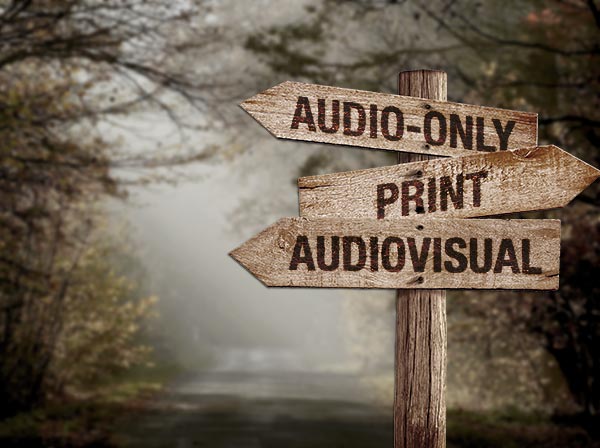How’s that for a ridiculous, allegedly attention-grabbing headline?
The 21 year-old woman in question is the erstwhile Sunshine Girl of YouTube fame. She’s now making the move from video into…
…wait for it…
…print.
Yep, the media form that’s quickly dying. Except, of course, that not only is print not dying, it’s an incredibly important part of anyone’s media mix.
In fact, my real reason for posting this is because we spend so much time here talking about electronic media that I thought it was important to remind you that your ability to create great content with the written word is an important part of the amazing opportunities that our media convergence future is presenting to you.
Okay, überquick media convergence reset. There are just three forms of content:
- Audiovisual – pictures and sound together, e.g. film, television, and short-form YouTube videos
- Audio-only – radio, music, podcasts
- Print – by this, I mean content that was traditionally delivered in printed-word form, e.g. books and magazines
All three media forms are converging into one ball of content I call “media”. Go to a radio website, and you’ll see printed words and audiovisual content. Go to a print website, and you’ll find documentary films and audio-only content. Creative talent from radio (we call them “disc jockeys” or “air personalities”), from music (we call them “rock stars”) and print (we call them “writers” or “columnists”) are making movies.
Shouldn’t we expect on-camera talent to “go the other way” and make printed content? Let’s look at both sides of that question with the help of the New York Times writeup on her move.
From Gallery Books’ Publisher Jennifer Bergstrom: “The concept of people watching videos and wanting to buy the book, I question whether that’s going to be a natural progression.” That’s an interesting position to take, given that Galley is publishing a book by another YouTube performer, Miranda Sings, this July.
On the other side, we have Harvey Weinstein, who is backing Sunshine Girl’s book: “I have four daughters, and three of them are into ‘Sunshine Girl.’”
To answer Ms. Bergstrom’s concern, I’d note this: if (1) you make compelling content and have a relationship with your audience, (2) your audience enjoys another form of content as well, and (3) you can also make compelling content in that form, why wouldn’t your audience be passionate about that?
Here’s the defining question for every entertainer: what is your audience expecting from you? Well, demand for all types of content – audiovisual, audio-only, and print – has never been higher. Further, your audience doesn’t sit around thinking, “Hmm…I think I’ll consume some printed content right now.” Every fan goes looking for content based on their then-current needs. Whatever kind of content you specialize in making, if your audience is passionate about what you do, you have the opportunity to grow your relationship with each audience member by satisfying their desire for all of the different types of content that they’re hungry for.
Oh, and if you don’t take advantage of those opportunities, someone else will, building on their relationship with your fans at the expense of yours.
You realize, I presume, what the real flaw in my ridiculous, double entendre headline is, don’t you?
If you said to yourself, “Geez, that idgit is talking about going ‘both ways’ when there are really three types of media, and Sunshine Girl is only moving into a second type of media,” you nailed it. She won’t be fully satisfying her audience’s demand for her until she also moves into the third form of content as well, presumably with a podcast.
Here’s guessing that’ll happen in due time.
And then…I’m sorry, but the former shock jock in me just has to say this…she won’t just be going “both” ways. She’ll truly be satisfying her audience by engaging in a media convergence three-way.
Image credit: www.hoffmansites.com





